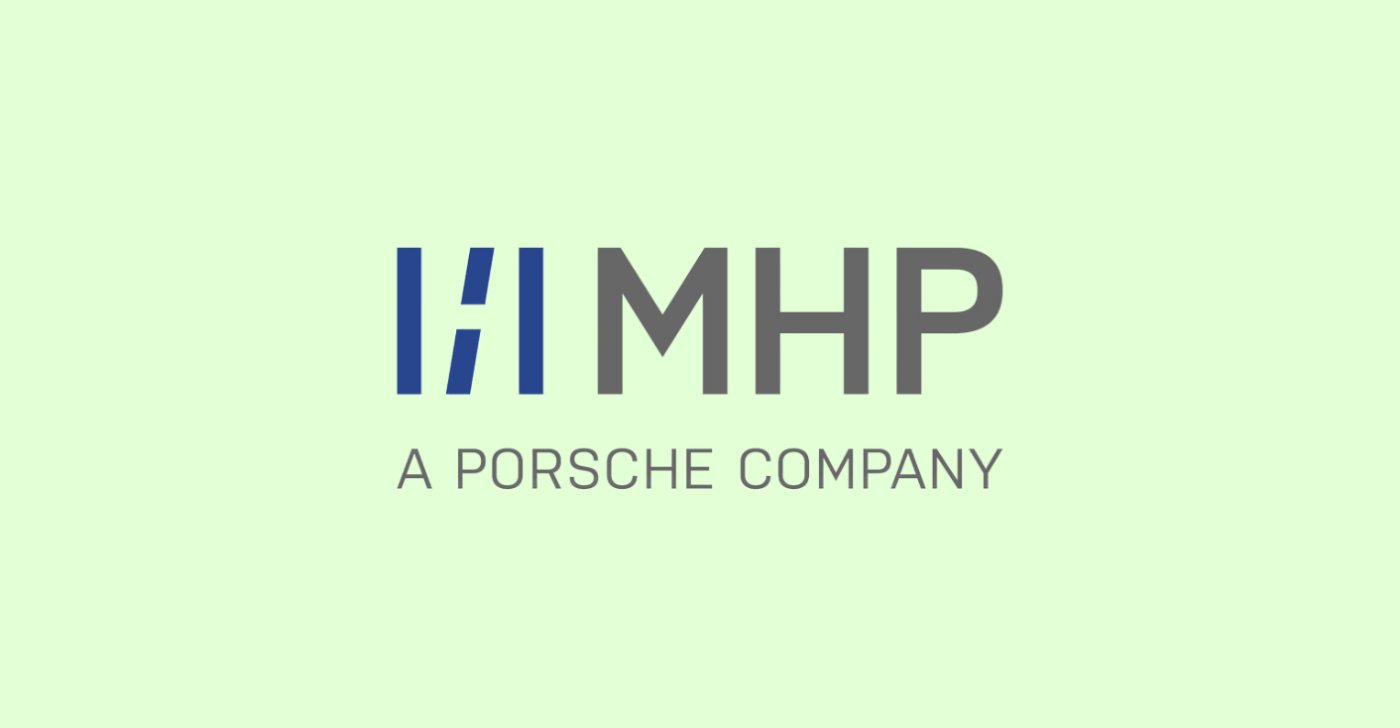With the wealth of technologies at our disposal for writing and analyzing content, do we risk losing sight of the people who read it? At the 2022 LavaCon Content Strategy Conference (October 23–26 in New Orleans), Acrolinx, and our partner Precision Content presented on two aspects of this important question.
Precision Content has been a long-standing Acrolinx partner. Based in Toronto, Canada, the company helps its customers make their information easier to use, more adaptable, and more flexible so everyone can find the answers they’re looking for.
Precision Content provides content transformation services and training to medium- and large-scale organizations around the globe. It enables them to rethink, restructure, and rewrite their high-value content so it’s more usable and discoverable for the people and systems that read it. For example, it works with the US National Council on Compensation Insurance on workflows and automation to manage large collections of content that undergo a lot of regulatory reviews.
Precision Content’s CEO, Rob Hanna, addressed LavaCon on how content creators can maintain a focus on the human reader while satisfying the needs of emerging technologies such as voice interfaces and chatbots. Chad Dybdahl, a Senior Solutions Consultant at Acrolinx spoke about understanding the why of quantitative analytics such as page view counts and bounce rates, rather than focusing on the raw numbers.
In the lead-up to the conference, Acrolinx’s Vice President of Global Partners and Alliances, Dan Nutburn spoke to Rob and Chad about keeping the human perspective when working with technology.
About Precision Content
Dan Nutburn: We’re stuck in an elevator and I ask you, Precision Content, who are you? What do you do?
Rob Hanna: Our primary purpose is to help organizations automate large amounts of high-value content through creation, management, and delivery.
Dan: How do you do that differently from your competitors and peers?
Rob: The core of our services is Precision Content® Writing Methods™, a research-based approach to how we write content, particularly technical product content. We do it in such a way that human brains can more easily digest, retain, and use that information.
The methodology goes back to the 1960s; its roots are in Robert Horn’s model of information mapping. He developed a whole notion of information typing, which is really categorizing information based on how readers can absorb it. He incorporated rules for chunking information, labeling information, and the block and map architecture.
From those earlier studies, the field of technical communications has evolved to create models such as the Darwin Information Typing Architecture. We have baked this whole approach to information typing into our architecture.
We are not just looking at the technical approach – how we mark stuff up – but also how we write to make it more scannable, more consistent. Our methodology enables broad collaboration within an organization for a particular subject.
How does Acrolinx and Precision Content work together?
Dan: How does Acrolinx contribute to your methodology?
Rob: Acrolinx is the backstop. Large organizations have taught information mapping for 50 years, but we found that people would quickly forget what they learned and revert to their old way of doing things. We developed our Precision Content writing methodology back in 2013. Acrolinx helps make our methodology sticky for organizations by giving authors real-time feedback to reinforce how to write using our techniques.
Dan: Chad Dybdahl, you’ve been working in different kinds of structured writing for more than 20 years – what do you think is valuable about Precision Content’s approach?
Chad Dybdahl: There are a couple of different approaches to structured authoring. On one end of the spectrum, you have a very technical approach. The other end is more human-focused.
The human focus that Precision Content bakes into its methodology is key because it’s not just machines that consume this content. (Although that may not be true for everyone or for much longer.) If you don’t keep people at the center of everything that you do, you lose sight of the reason you’re creating content in the first place. You lose your audience, so you don’t get the outcomes you’re looking for.
Rob: Most technical writers, when they start out working in unstructured content, they focus on the audience, on the user experience. But many organizations, when they shift to structured authoring with XML, they feel they need to change the way they write to adhere to a structured authoring paradigm; they tend to be writing more for machines than people. We insist that we have to write for both. The future is being able to write and mark up that content such that it’s machine-readable but usable for humans.
Precision Content at LavaCon
Dan: You both presented at the LavaCon conference in New Orleans in October. What were your sessions about?
Chad: The name of my session was “What Your Analytics Won’t Tell You.” It was based on thinking about the qualitative versus quantitative analytics and about the why as opposed to the what. Why does this page get more views? Why is the bounce rate higher on this page?
Rob: I presented a session with my colleague, Josh Anderson, called “Microcontent Architecture in Action.” This was based on a case study of a project that we’ve been running for four years with the National Council on Compensation Insurance. We set up Tridion Docs and Acrolinx for them. We spoke about the incredible complexity of workflow, process, and automation required to manage large collections of content that have to undergo rigorous regulatory review. They have very stringent controls around how that information is reviewed and published.
For many years, we’ve been talking about microcontent and the future of technical communication where we’re looking to satisfy the need of voice interfaces, chatbots, and other emerging technologies. We have to be a lot more precise and deliberate about the content we put together to satisfy the needs of these new channels.
Dan: Thank you for your time today, and I am pleased that LavaCon was a success for you.
Learn more about Precision Content and Acrolinx
To find out more, please contact Dan Nutburn, VP Global Partnerships and Alliances, Acrolinx.



